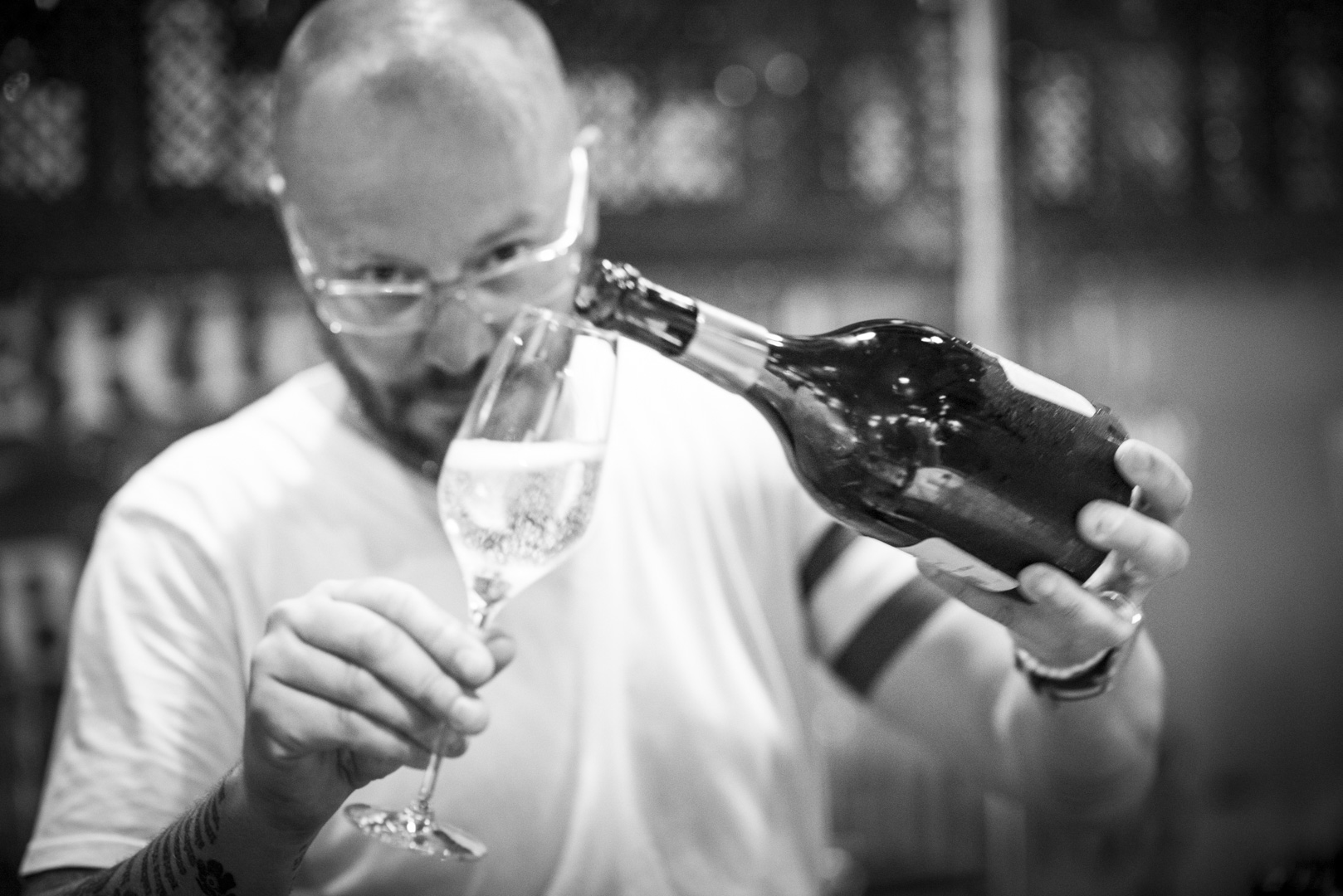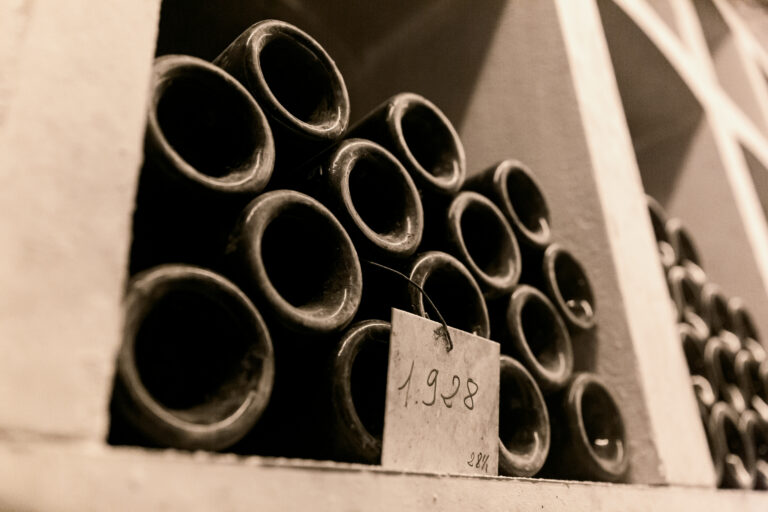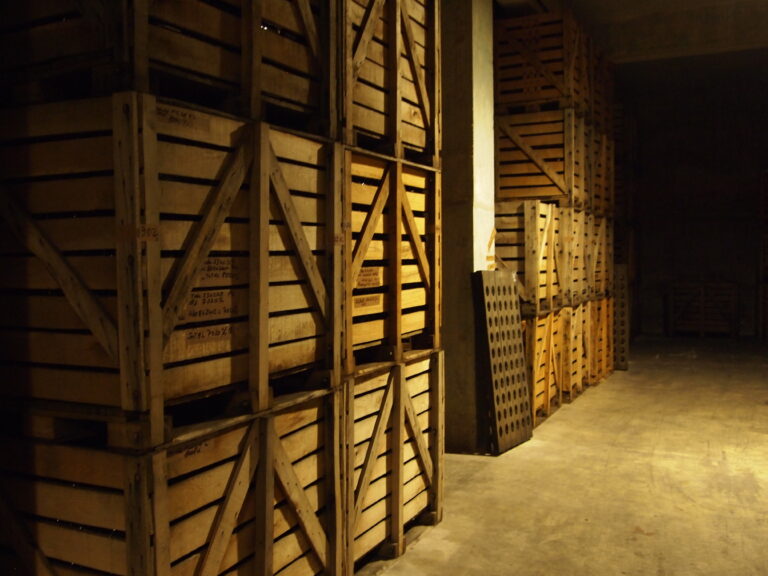TheChamapgneSommelier high lights ideas on Cooking with Champagne. [read the full champagne story]
Estimated reading time: 5 minutes

Champagne is synonymous with luxury, celebration, and sophistication. While it is most often enjoyed as a drink, Champagne can also play an extraordinary role in cooking, enhancing both savory and sweet dishes with its effervescence, acidity, and delicate fruit flavors. This article explores the various ways to cook with Champagne, its impact on flavors, techniques, and some standout recipes to inspire your next gourmet meal.
Why Cook with Champagne?
1. Acidity and Brightness
Champagne has natural acidity, which can balance richness in dishes and enhance subtle flavors. This makes it an excellent ingredient for light sauces, seafood, and dressings.
2. Effervescence and Texture
The bubbles in Champagne help create a unique texture in dishes such as batters and sauces. When used in cooking, the carbonation can create a light and airy texture in baked goods and tempura-style coatings.
3. Delicate Fruit and Floral Notes
Depending on the type of Champagne, it may offer hints of citrus, green apple, pear, or floral aromas. These characteristics add depth to dishes, making them more complex and elegant.
4. Versatility
Champagne can be used in a wide range of recipes, from appetizers to desserts. It pairs beautifully with seafood, poultry, pasta, and even decadent sweets like sorbets and soufflés.
Best Types of Champagne for Cooking
While any Champagne can technically be used for cooking, some varieties work better than others.
- Brut Champagne: Dry and crisp, ideal for savory dishes like risottos and poultry.
- Blanc de Blancs: Made from Chardonnay grapes, it has citrus and mineral notes, perfect for seafood and light sauces.
- Blanc de Noirs: Made from Pinot Noir or Pinot Meunier, it has more body and works well with richer dishes.
- Demi-Sec or Doux: Sweeter styles, great for desserts and fruit-based recipes.
Pro Tip: If you don’t want to use an expensive bottle, opt for sparkling wines like Cava or Prosecco, which provide similar effects without the high cost.
Cooking Techniques with Champagne
1. Deglazing Pans for Sauces
After searing meats or seafood, Champagne can be used to deglaze the pan, extracting all the delicious caramelized bits and forming the base for an elegant sauce.
Example: Champagne Cream Sauce for Chicken or Fish
2. Poaching and Steaming
Using Champagne as a poaching liquid for seafood like scallops, shrimp, or salmon adds a delicate, slightly fruity flavor.
Example: Champagne-Poached Lobster with Butter Sauce
3. Risottos and Pasta Dishes
Replacing some or all of the traditional white wine in risotto with Champagne adds brightness and enhances the dish’s sophistication.
Example: Champagne and Parmesan Risotto
4. Marinades and Dressings
Champagne’s acidity helps tenderize meats and brighten salad dressings.
Example: Champagne Vinaigrette with Fresh Herbs
5. Desserts and Baking
Champagne’s bubbles and fruitiness lend themselves well to desserts, adding airiness and subtle sweetness.
Example: Strawberries in Champagne Sabayon
6. Battering and Frying
Using Champagne in batter results in a lighter, crispier coating.
Example: Champagne Tempura Shrimp
Champagne-Infused Recipes
1. Champagne Cream Sauce for Chicken or Fish
Ingredients:
- 1 cup Champagne (Brut or Blanc de Blancs)
- 1/2 cup heavy cream
- 2 tbsp butter
- 1 shallot, finely chopped
- Salt and pepper to taste
Instructions:
- In a pan, sauté the shallots in butter until soft.
- Pour in the Champagne and simmer until reduced by half.
- Stir in the cream and cook for another 2-3 minutes until thickened.
- Season with salt and pepper and serve over chicken or fish.
2. Champagne Risotto
Ingredients:
- 1 cup Arborio rice
- 1/2 cup Champagne
- 3 cups chicken or vegetable broth, warmed
- 1/2 cup Parmesan cheese, grated
- 1 shallot, minced
- 2 tbsp butter
- Salt and white pepper to taste
Instructions:
- Sauté shallots in butter until translucent.
- Add Arborio rice and cook for 1-2 minutes until slightly toasted.
- Pour in Champagne, stirring until absorbed.
- Gradually add warm broth, stirring constantly, until the rice is creamy and al dente.
- Stir in Parmesan cheese, season, and serve.
3. Champagne Sorbet
Ingredients:
- 1 cup Champagne (Demi-Sec for sweetness)
- 1/2 cup sugar
- 1/4 cup water
- Juice of 1 lemon
Instructions:
- Dissolve sugar in water over low heat to create a syrup.
- Remove from heat, stir in Champagne and lemon juice.
- Freeze, stirring every 30 minutes until firm.
- Serve chilled for a refreshing finish to a meal.
Champagne Pairings for Cooking
When using Champagne in cooking, it’s great to pair it with a complementary bottle for drinking. Here are some classic pairings:
- Seafood + Blanc de Blancs
- Creamy Pasta + Brut Champagne
- Chicken Dishes + Blanc de Noirs
- Fruity Desserts + Demi-Sec Champagne
- Savory Fried Foods + Extra Brut Champagne
Conclusion
Cooking with Champagne is an exciting way to bring elegance and unique flavors to your meals. Whether you’re preparing a rich risotto, a light seafood dish, or a delightful dessert, Champagne enhances flavors and elevates the dining experience. Next time you have an open bottle of bubbles, don’t just drink it—cook with it!
Would you like more Champagne-based recipes or suggestions on pairings? Cheers to gourmet cooking with bubbles!






